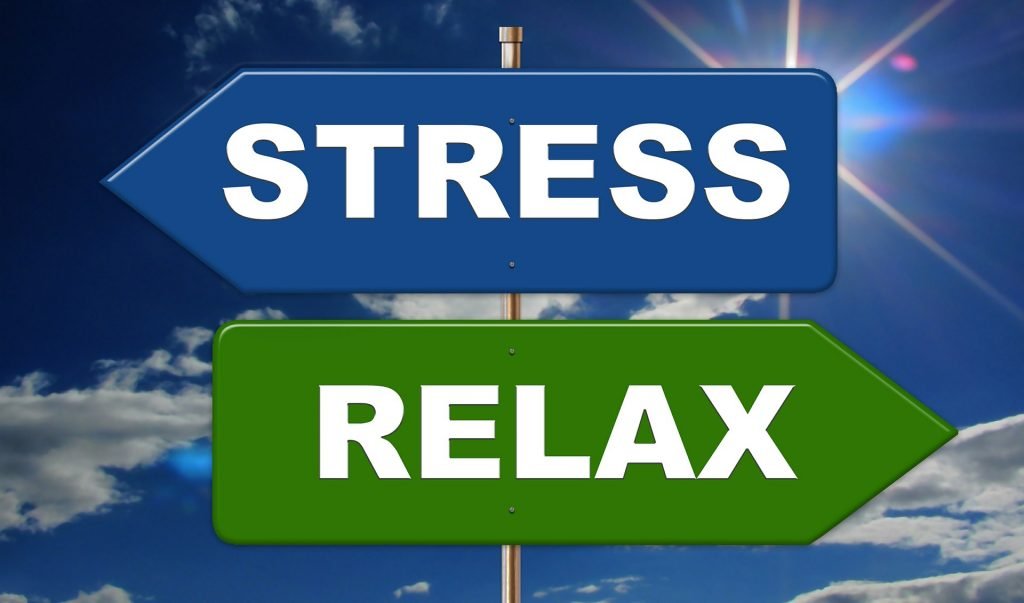
Refresh, Rejuvenate, and Restore Your Mind and Body This Spring Springtime is here, reminding us it’s time to refresh, rejuvenate, and restore our bodies and minds. In past civilizations, the new year began in spring, which makes a lot of sense. Spring is the season of new life and growth. As we stretch our legs […]

5 Simple Tips for a Joyful Holiday Season It’s the most wonderful time of the year! And sometimes the busiest time of the year, too. With all the extra celebrations, added errands, and weather changes, the holidays can lead to extra stress, but they don’t have to. Here are 5 simple tips for a joyful […]

5 Easy Ways to Start a Daily Gratitude Practice In the push from Halloween to Christmas, sometimes we lose sight of one of the most important traditions in holiday celebration: pausing to be thankful. In her research on joy, Daring Greatly author Brené Brown noticed a connection she didn’t expect. People who were living joyful […]

5 Tips for Energy and Stress Management No matter how positive your outlook and how zen your mindset, it’s impossible for any of us never to encounter stress or fatigue. Unfortunately, experiencing some stress and fatigue is part of life. In truth, they’re part of what make the days we have great energy or feel […]

Did you know… According to the Statistic Brain website, 76% of people cite money and work as the main causes of their stress. As an organizational psychologist and happiness expert, I can tell you that people think it’s normal to be stressed, overwhelmed and tired, but it’s not! Certainly, when experiencing it, stress gives energy, but in […]





